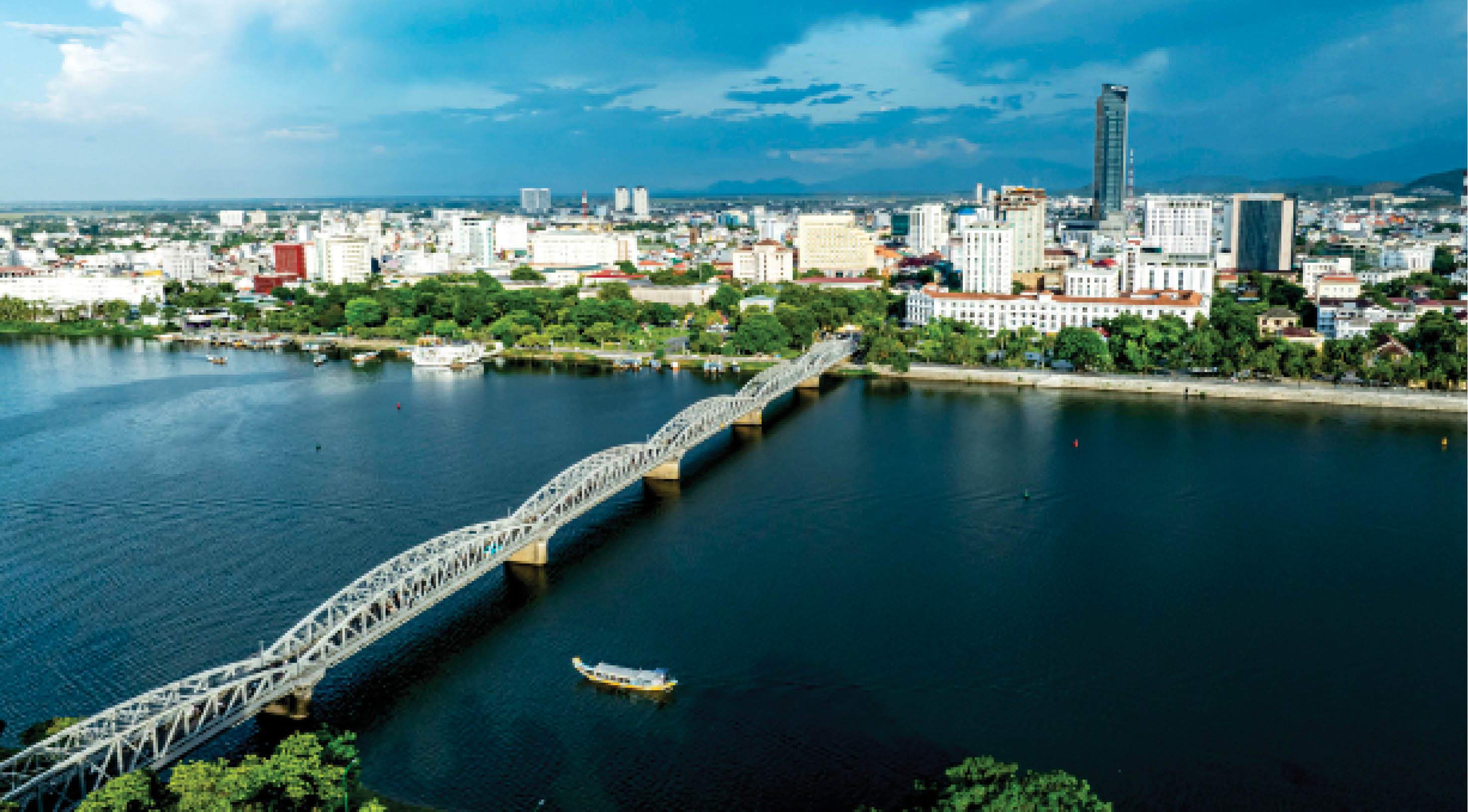 |
| Peaceful Hue city. Photo: Dinh Hoang |
After completely liberating the South and unifying the country (April 30, 1975), on September 20, 1975, the Politburo issued Resolution (NQ) No. 245 merging the three provinces of Quang Binh , Quang Tri, Thua Thien and Vinh Linh area into Binh Tri Thien province.
Binh Tri Thien was the front line of fire and suffering the heavy consequences of war. After liberation, the first task of the province was to focus on building the government, overcoming the consequences of war, stabilizing society, and taking care of people's lives. At that time, infrastructure was destroyed, the poverty rate was very high, our country was besieged, embargoed, and had to fight two wars to protect the border. The majority of our people did not have enough food to eat, clothes to wear, blankets to cover, no schools to study in, thatched houses, mud walls... were miserable and poor.
To overcome difficulties, the province has focused on restoring industrial and handicraft production establishments; establishing and developing agricultural and trade cooperatives of all kinds; building irrigation works to serve production; mobilizing people and households to fight hunger.
Many households were sent to “new economic zones”, from the plains to the mountainous districts in the province, to the Southern provinces, the Central Highlands, where there was fertile land to reclaim, restore, develop production or work as workers for state-owned farms and forestry farms to improve their lives. The work of reconstruction, social stability and care for people’s lives was carried out resolutely, urgently and arduously.
Re-establish the province, focus on infrastructure investment, socio-economic development, improve people's lives
After nearly 14 years of being a province, on June 30, 1989, the National Assembly passed a resolution to separate Binh Tri Thien province into three provinces: Quang Binh, Quang Tri and Thua Thien Hue. Since July 1, 1989, Thua Thien Hue province was officially re-established. This was the time when the whole country carried out the renovation process initiated and led by the Party.
Hue continues to focus on investment, infrastructure construction, economic development, job creation, and taking care of people's lives. Many multi-purpose irrigation projects have been invested in, such as Tay Hung irrigation (bringing water from Sia town to Quang Loi, Quang Thai), Truoi lake (self-flowing irrigation for more than 8,200 hectares of rice), Cua Lac dam (serving more than 5,200 hectares of rice), Thao Long dam, Tay - Nam Huong Tra irrigation, the east - west dyke system of Tam Giang - Cau Hai lagoon and many other pumping stations, irrigation and drainage canals... have helped agricultural production to be proactively irrigated and drained.
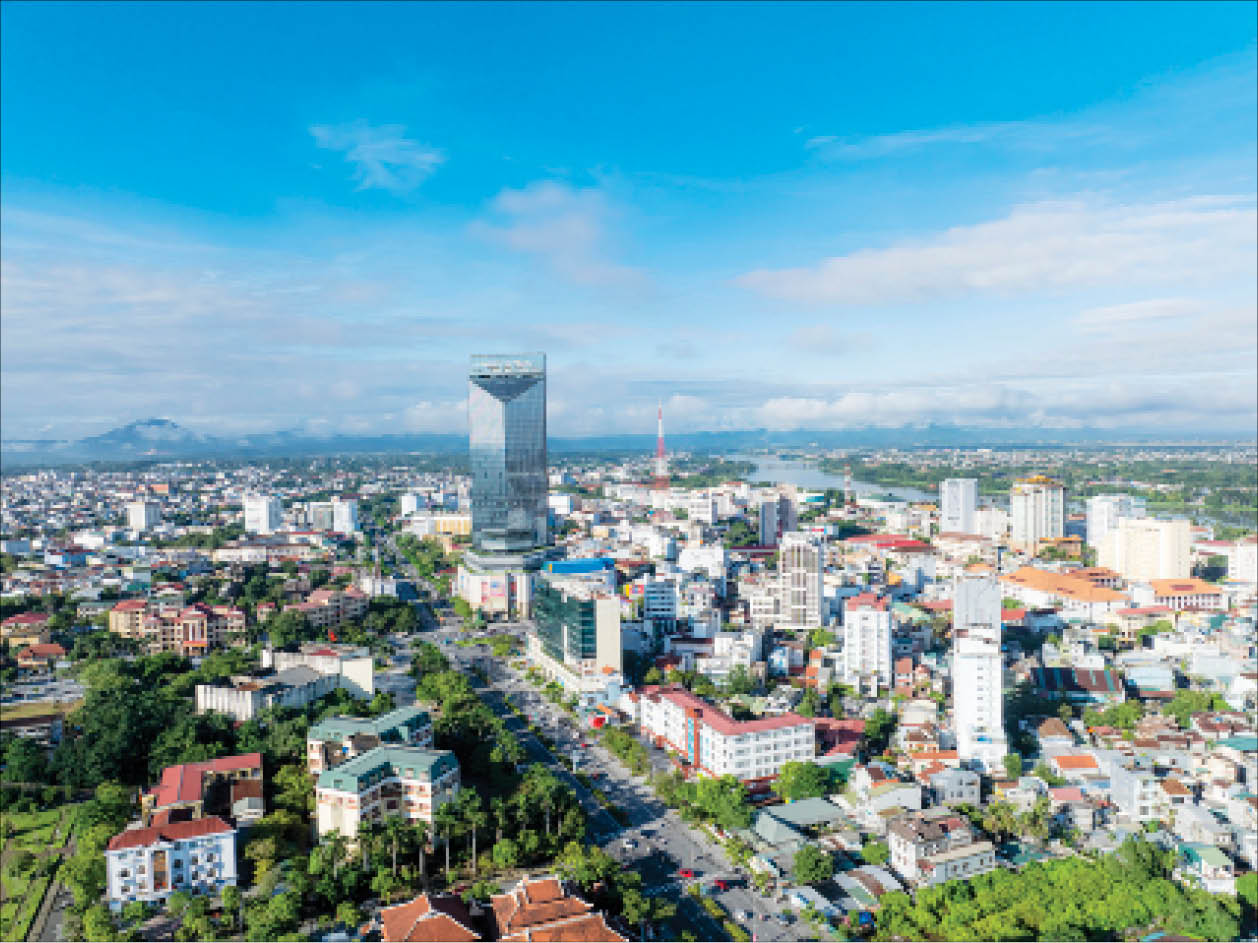 |
| Central urban area of Hue City. Photo: Hoang Le |
Implementing the allocation of land to farmers according to Resolution No. 10-NQ/TW, dated April 5, 1988 of the Politburo, high-yield rice varieties were put into production; many places switched from one crop to two rice crops per year; better pest and disease forecasting and control techniques... promoted rapid agricultural development, increased food output. People escaped the situation of hunger and broken meals as before. Ethnic people in the two mountainous districts of Nam Dong and A Luoi were instructed on how to grow wet rice. Lagoon and aquaculture areas developed rapidly, with many consecutive years of good harvests, so the income and life of people everywhere quickly improved.
Implementing the policy of developing a multi-sector economy has liberated the productive forces among the people. Private enterprises have been established in all fields, especially tourism after the Complex of Hue Monuments was recognized by UNESCO as a cultural heritage of humanity (1993). The number of tourists to Hue is increasing. Industry and handicrafts have developed rapidly. Many factories have been established such as Hue Beer, Huong River Freezing, Hue Textile, Luksvaxi Cement... The establishment of industrial zones and clusters has attracted many enterprises to invest, contributing to solving employment, income and improving the lives of the people. Industry has now become a driving force for economic growth and a major contributor to the city's budget revenue.
Many infrastructure projects in all fields have been invested in and upgraded. Many overpasses over Tam Giang lagoon, Huong river, Bo river, O Lau river have been built. Traffic routes to the two mountainous districts of Nam Dong, A Luoi and serving the travel of people in coastal and lagoon communes have been invested in... breaking the division between regions, ending the situation of mud, dirt, potholes... Ca Cut, Thuan An, Da Bac, Ha Lang ferry terminals... with hidden dangers have gradually faded into the past.
Many resources and people's strength were mobilized to bring electricity to light up the countryside. Electricity was available everywhere in the countryside. Every household and every person had electricity for production and daily life. Audiovisual equipment, air conditioning, heating and cooling, etc. developed rapidly. The clean water infrastructure system serving the people was also widely invested. Up to now, nearly 100% of Hue's people have access to grid electricity and clean water. This is a miracle of Hue after 50 years of liberation.
The system of schools, hospitals, medical stations, cultural and sports facilities, etc. have been invested in everywhere. Currently, nearly 90% of schools meet national standards; all communes and wards have two-story medical stations; many hospitals in Hue have become one of the leading specialized medical and educational-training centers in the country.
Social security, poverty reduction, and care for people's lives have received special attention. The province has quickly supported people to overcome difficulties and overcome the consequences of the historic flood in 1999. On September 2, 2004, commemorating the 35th anniversary of the day the ethnic minorities of Thua Thien Hue took the surname of Uncle Ho, the province launched a fundraising campaign to remove all temporary houses and build solid houses for the people of A Luoi. Since then, thousands of poor and near-poor households and families with meritorious services have been supported to build and repair houses. The province has relocated all the boat households who had been drifting on rivers and lagoons for many generations to resettle and stabilize their lives; relocated thousands of households along the Huong River, in the Upper Citadel, Eo Bau, along the Ho Thanh Moat... to stable settlements. People call these historic migrations that have changed the lives of thousands of households. Up to now, the city has only 1.41% poor households.
Building a city of heritage, culture, landscape, environmentally friendly and smart
Hue becoming a centrally-governed city is an important milestone, marking the tireless efforts of many generations of leaders, cadres and people of the province. Following the achieved results, Hue is devoting its heart and soul to building and developing to its position. The city is striving to turn its comparative advantages into development resources. That is to build Hue to be worthy of being a typical Festival City of Vietnam and the region, a culinary capital, a capital of Ao Dai, a center of culture, tourism, specialized healthcare, education - training and science - technology of the whole country and the region...
Hue has been focusing on the restoration, preservation and promotion of heritage values to develop the cultural industry and heritage economy. The landscape and city schools have been invested in and embellished, creating an open and peaceful space for residents and tourists. Focusing on developing advantageous fields such as culture, tourism, health, education - training, science - technology.
Important infrastructure projects such as Phu Bai International Airport, Chan May deep-water port, industrial parks, economic zones, etc. are promoting Hue's economy to develop faster in the coming time. Hue has overcome difficult times. People's lives have improved. More and more tourists are coming to Hue. People believe in the bright and prosperous future of the city.
The 50th anniversary of Hue Liberation Day is an opportunity for us to look back at the achievements and the ups and downs that the people have experienced. With those results, we believe in a brighter future for Hue. Hue is striving to become a prosperous, peaceful and happy land for the people.
Source: https://huengaynay.vn/chinh-tri-xa-hoi/nhung-dau-an-lich-su-sau-50-nam-giai-phong-hue-153109.html



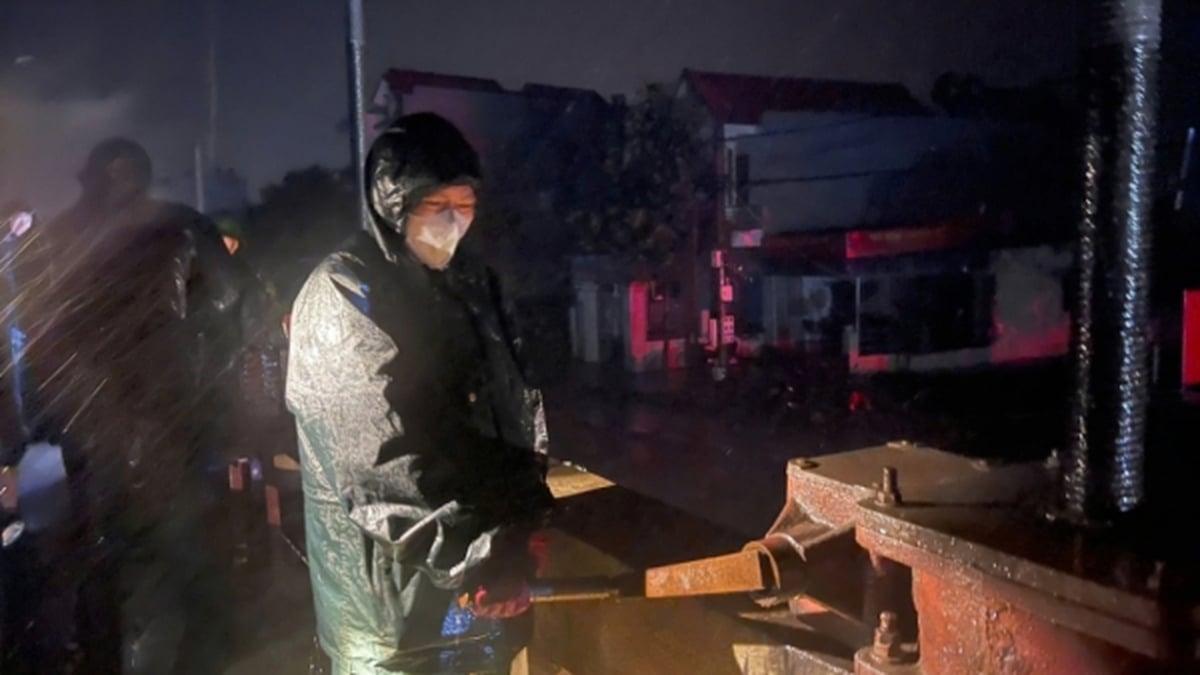
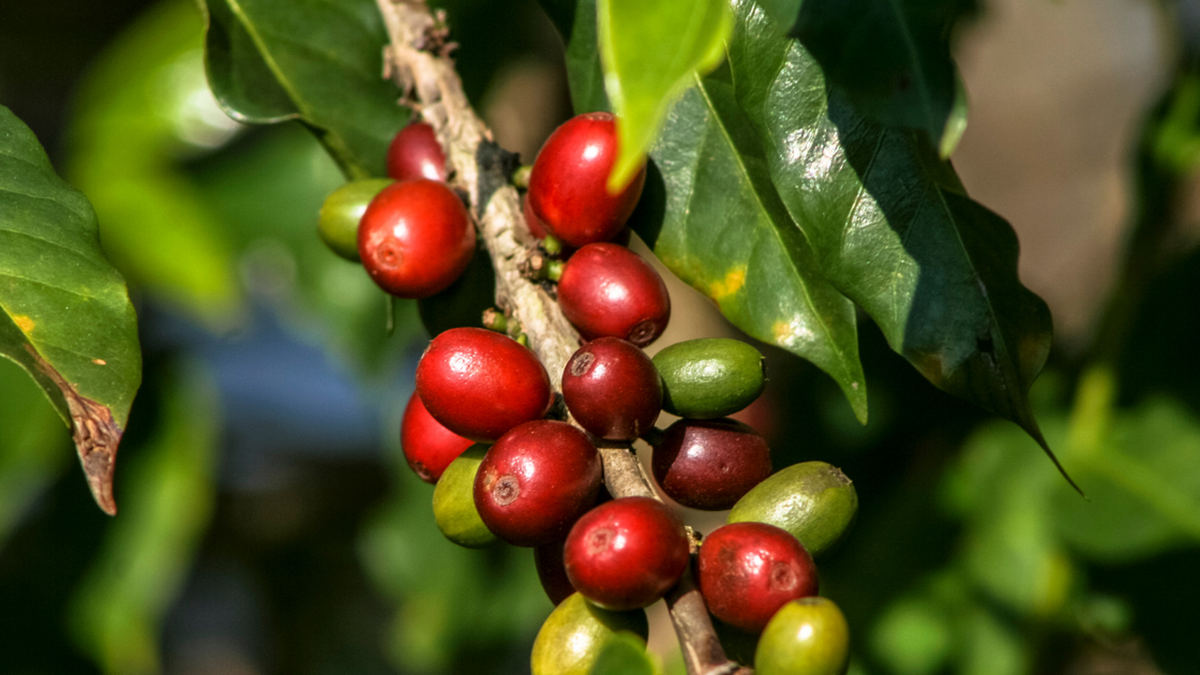

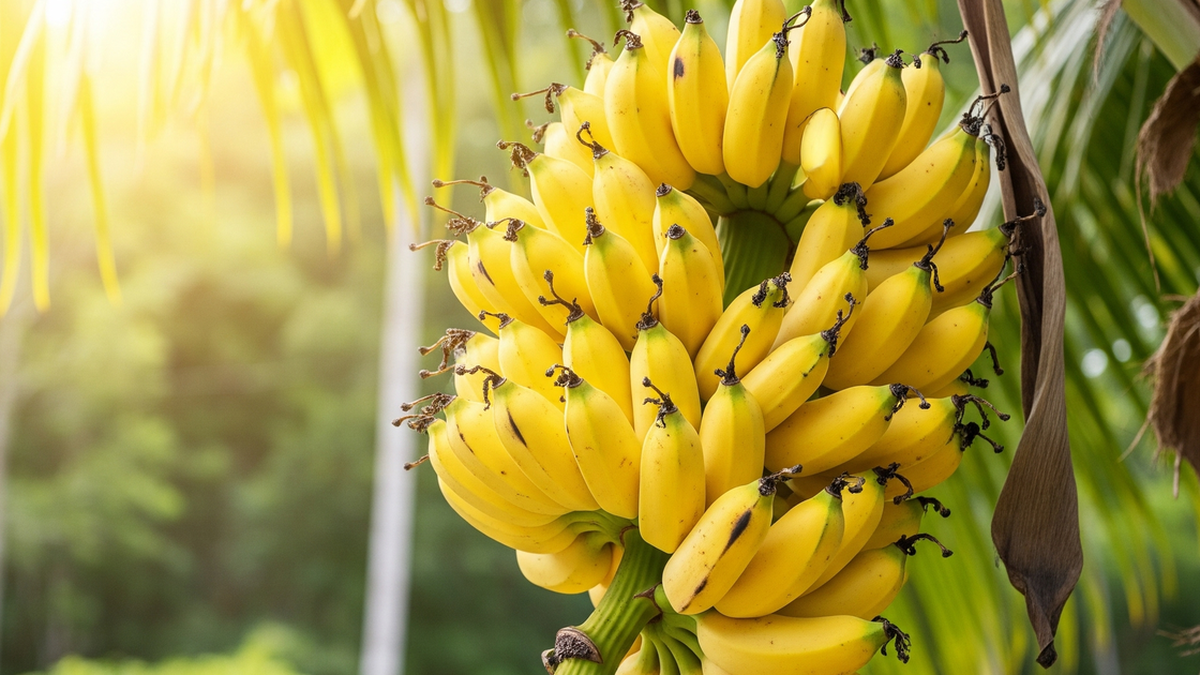
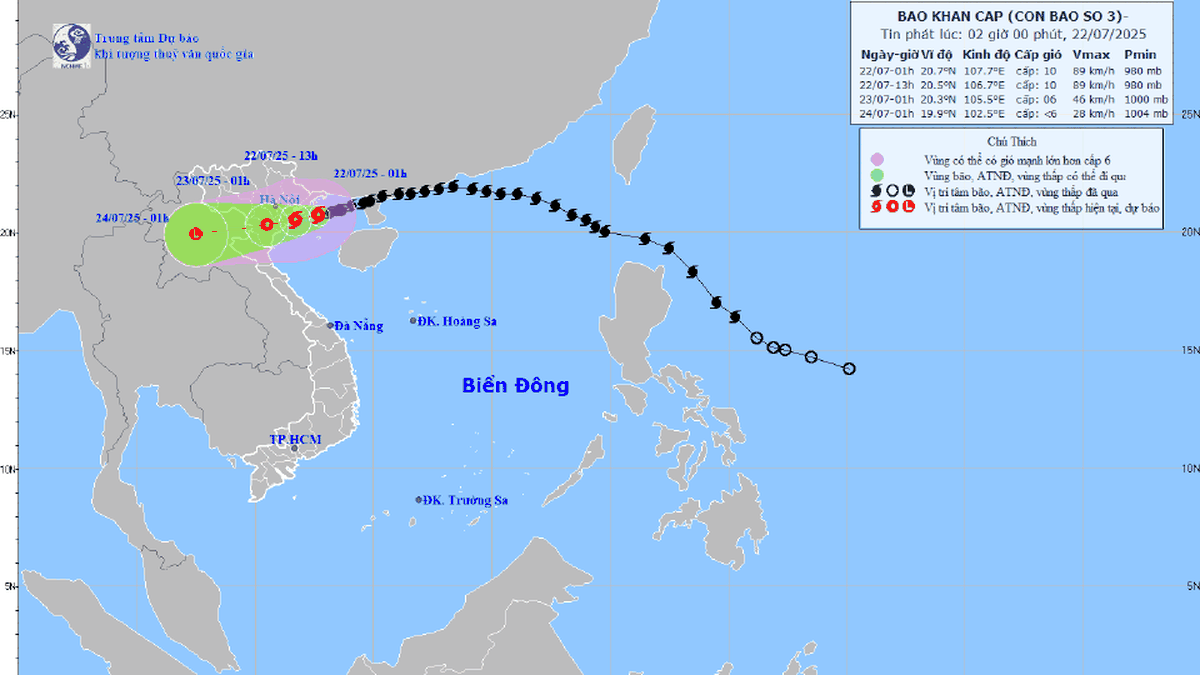
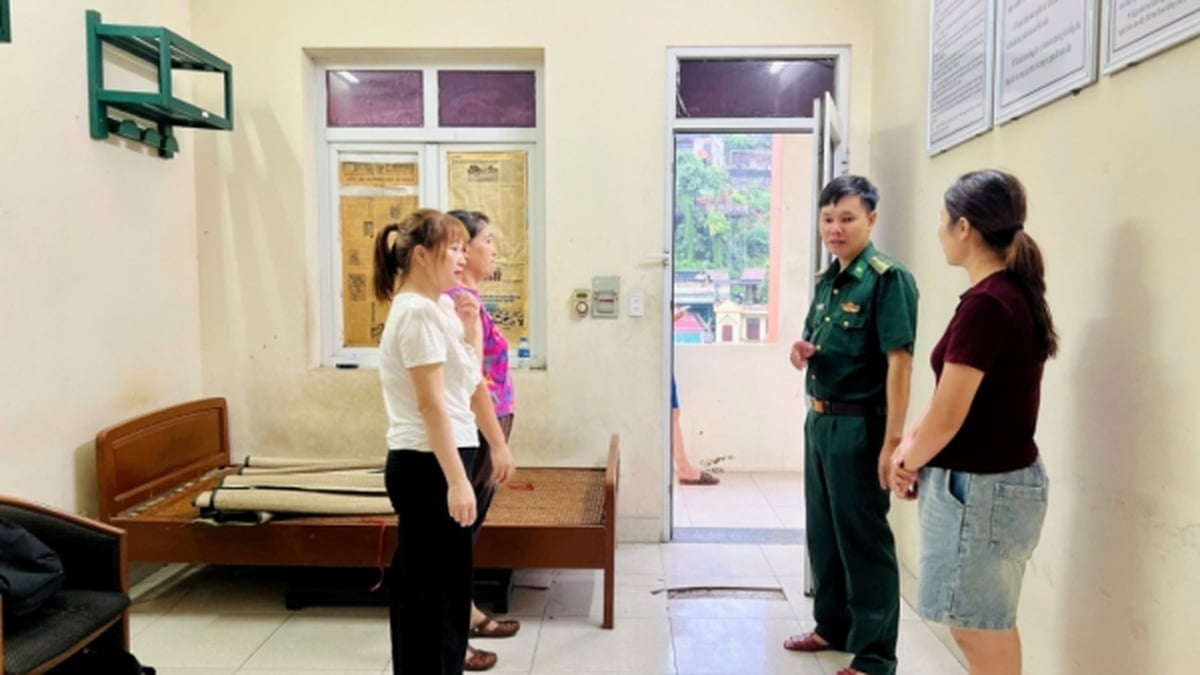
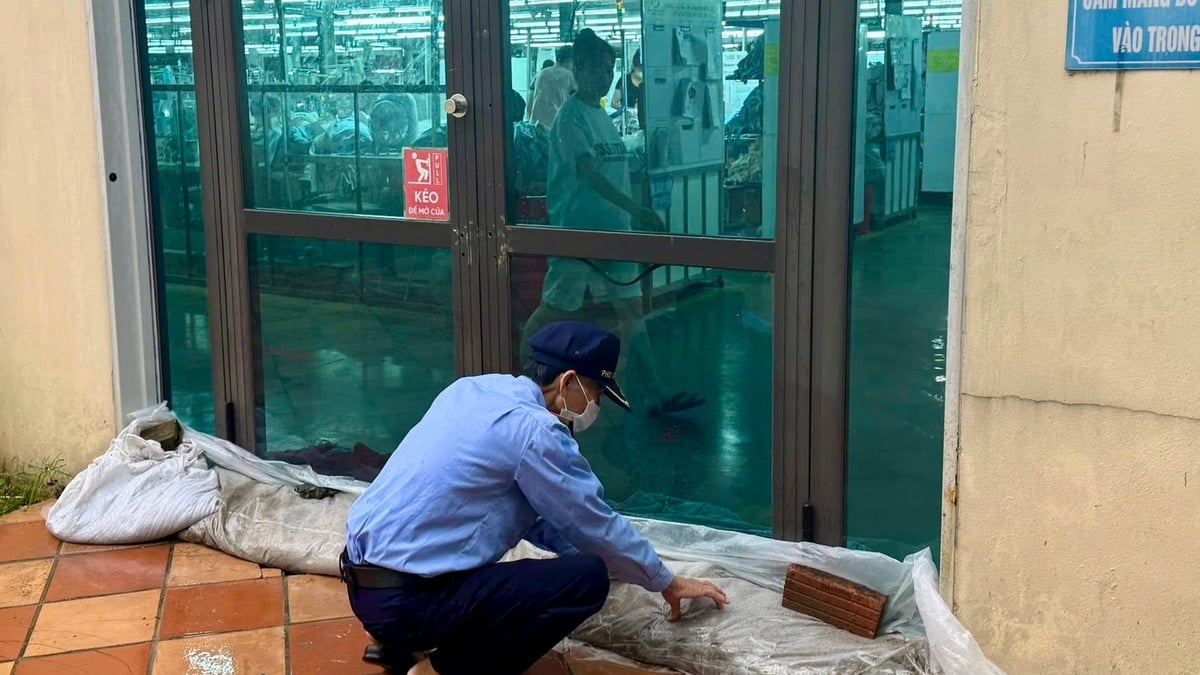
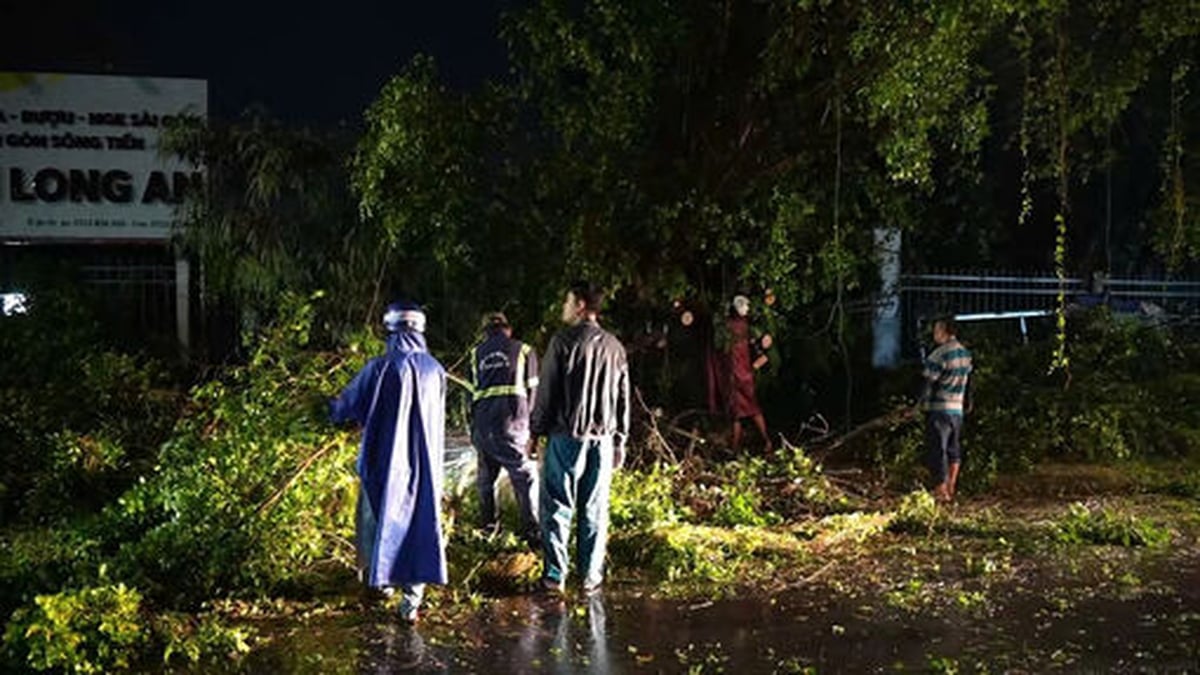
















![[Photo] National Assembly Chairman Tran Thanh Man visits Vietnamese Heroic Mother Ta Thi Tran](https://vphoto.vietnam.vn/thumb/1200x675/vietnam/resource/IMAGE/2025/7/20/765c0bd057dd44ad83ab89fe0255b783)




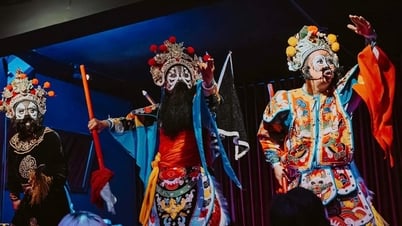

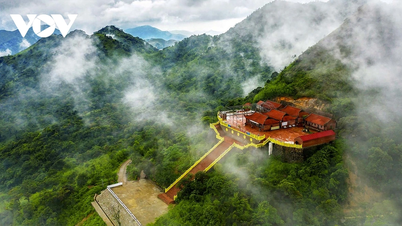



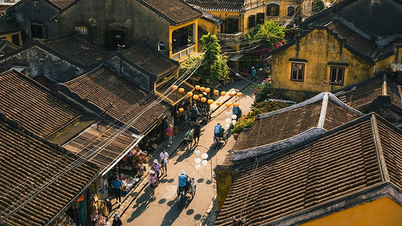



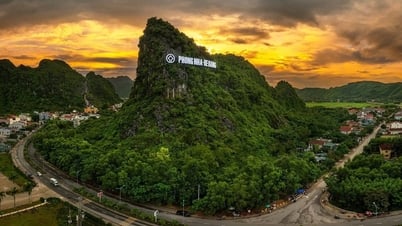




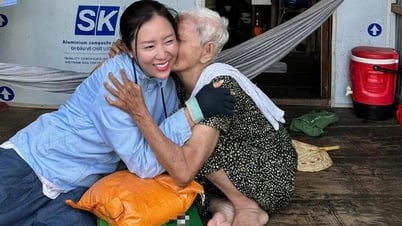
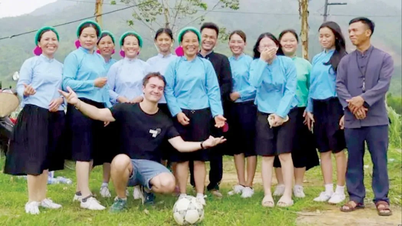

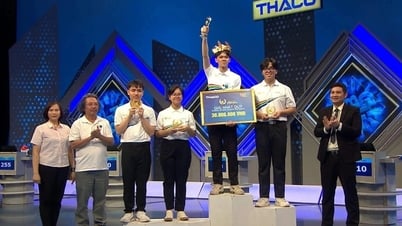

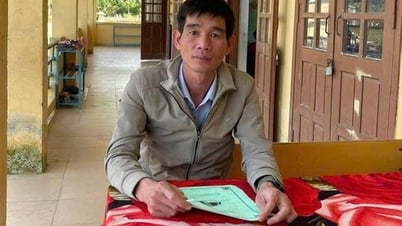
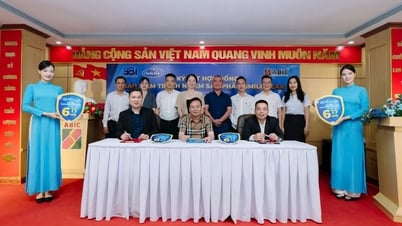



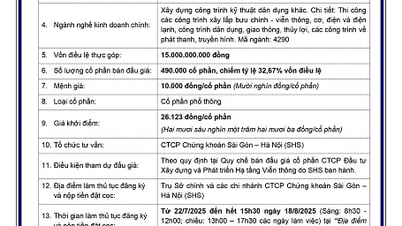
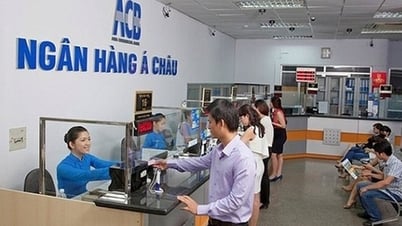



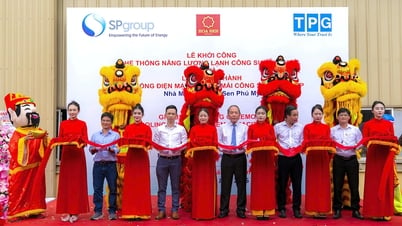
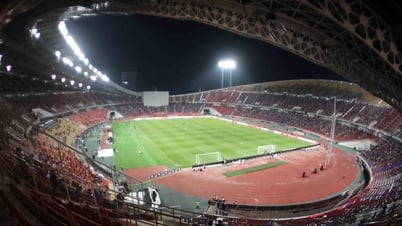

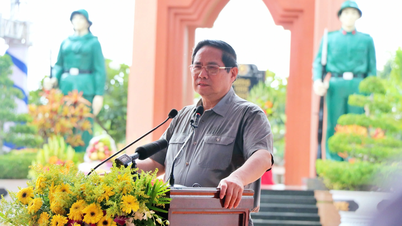
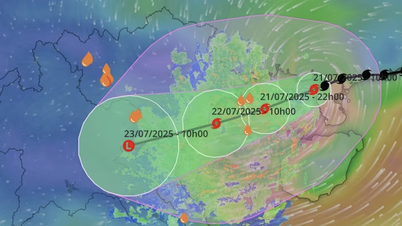

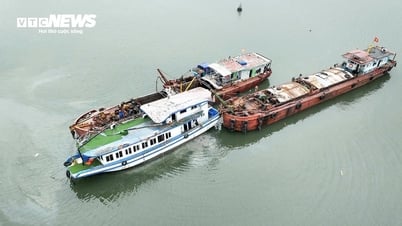
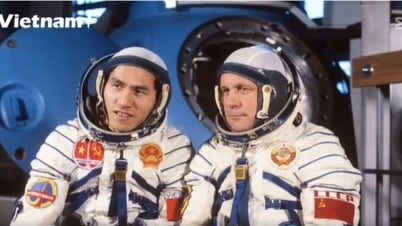

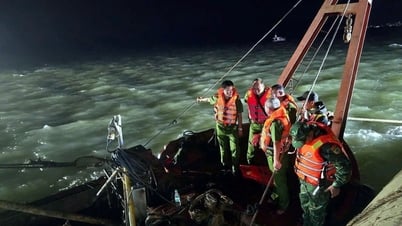
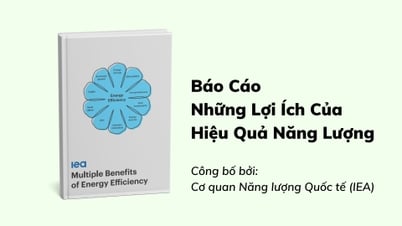



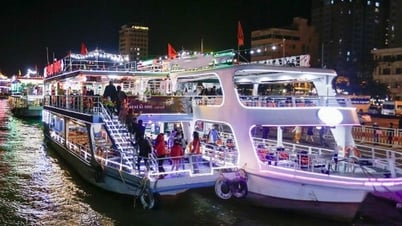

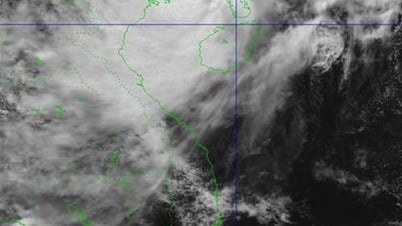
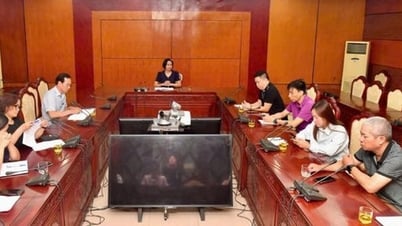
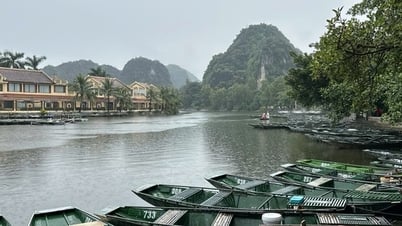

















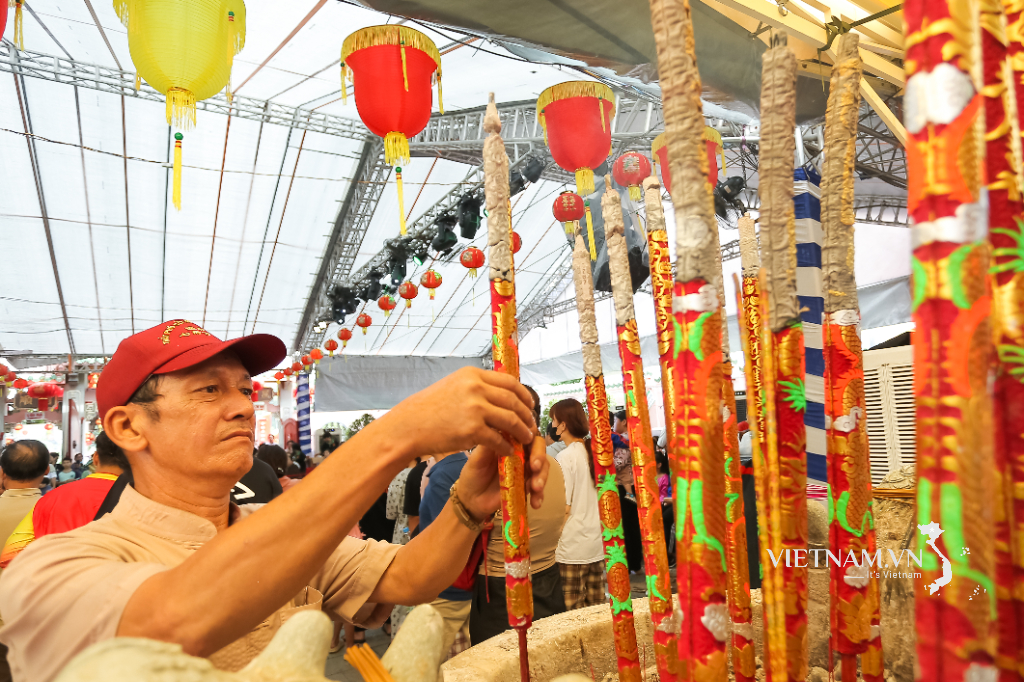

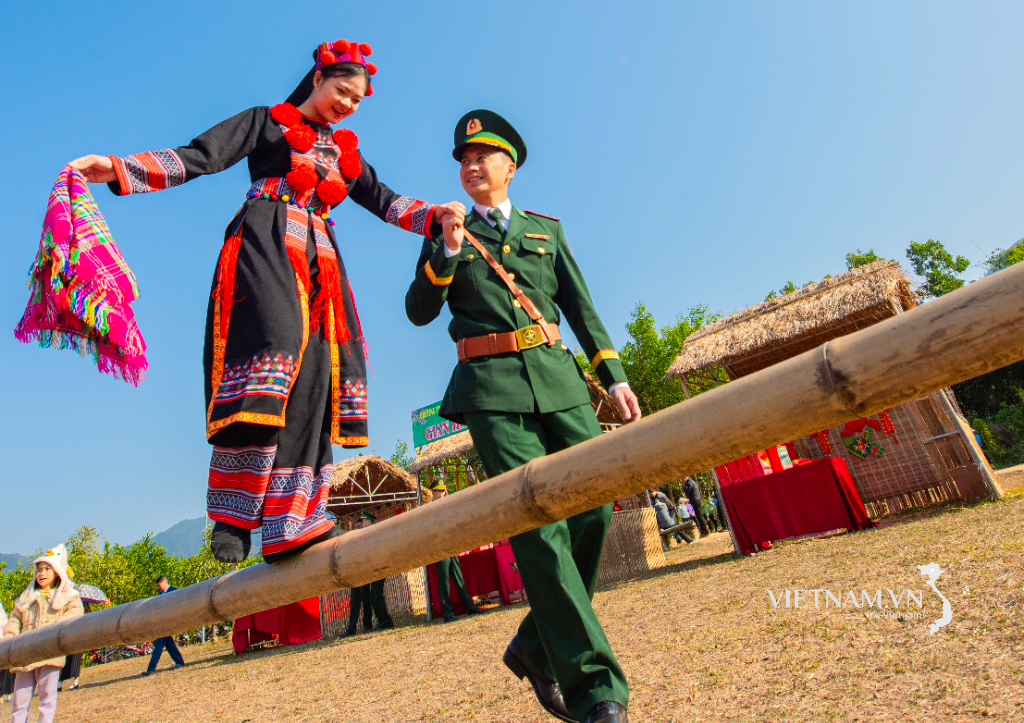
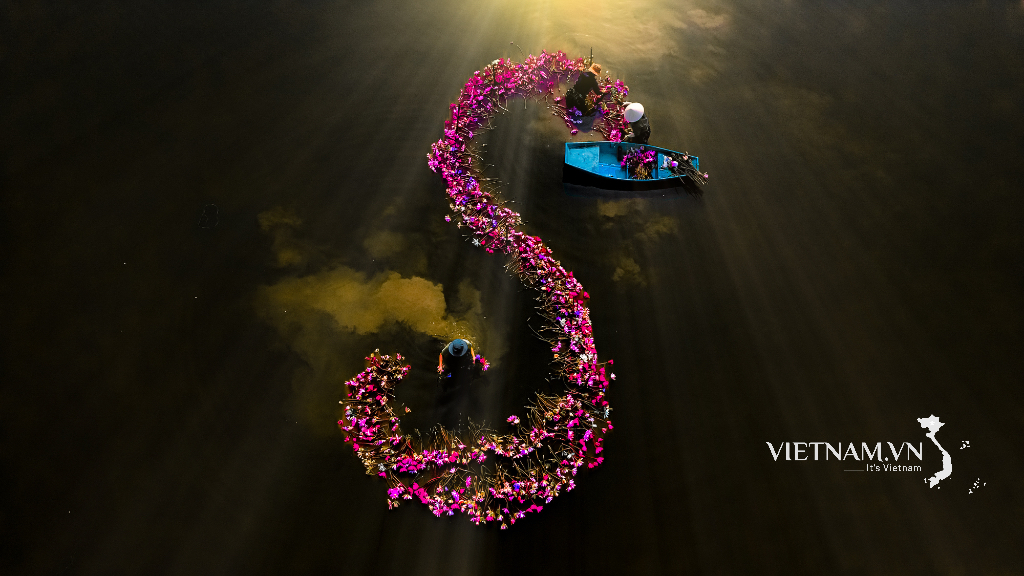
Comment (0)